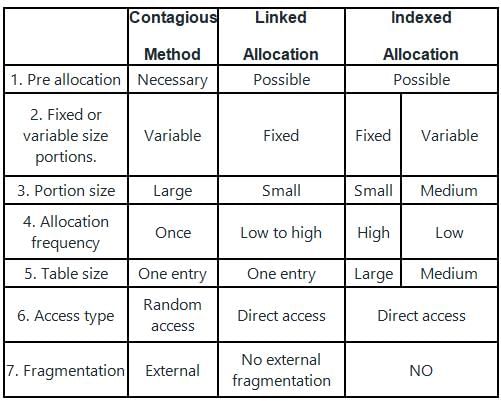Test: File Allocation - Computer Science Engineering (CSE) MCQ
10 Questions MCQ Test - Test: File Allocation
Which of the following is not a type of file allocation system.
Dak bearing a security grading confidential, secret etc is known as?
A programmer handles the file allocation in such a way that n+1 blocks are utilized if a file needs n blocks, with the first block including index information. Which file allocation method is used?
Which of the following addressing modes, facilitates access to an operand whose location is defined relative to the beginning of the data structure in which it appears?
Consider a FAT based file system. On a disk of 750 GB, the FAT file system is stored, the data block size is 25000 bytes. The total overhead in each entry is 10 bytes in size. The maximum size of a file that can be stored on this disk is ________ MB
Consider two files systems A and B , that use contiguous allocation and linked allocation, respectively. A file of size 100 blocks is already stored in A and also in B. Now, consider inserting a new block in the middle of the file (between 50th and 51st block), whose data is already available in the memory. Assume that there are enough free blocks at the end of the file and that the file control blocks are already in memory. Let the number of disk accesses required to insert a block in the middle of the file in A and B are nA and nB respectively, then the value of nA + nB is_________.





















